Instructions for Side by Side Printing
- Print the notecards
- Fold each page in half along the solid vertical line
- Cut out the notecards by cutting along each horizontal dotted line
- Optional: Glue, tape or staple the ends of each notecard together
Exercise 1: Pictures & Vocabulary
front 1 gross anatomy | back 1 the study of body structures visible to the naked eye. |
front 2 In the anatomical position the human body is | back 2 erect, with the feet only slightly apart, head and toes pointed forward, and arms hanging at the sides with palms facing forward |
front 3 universally accepted standard position is called | back 3 anatomical position. |
front 4 Axial | back 4 relating to head, neck, and trunk, the axis of the body.; Major Division of the body. |
front 5 Appendicular | back 5 relating to limbs and their attachments to the axis.; Major Division of the body. |
front 6 Abdominal | back 6 Pertaining to the anterior body trunk region inferior to the ribs.; Anterior Body Landmark |
front 7 Acromial | back 7 Pertaining to the point of the shoulder.; Anterior Body Landmark |
front 8 Antebrachial | back 8 Pertaining to the forearm.; Anterior Body Landmark |
front 9 Antecubital | back 9 Pertaining to the anterior surface of the elbow.; Anterior Body Landmark |
front 10 Axillary | back 10 Pertaining to the armpit; Anterior Body Landmark |
front 11 Brachial | back 11 Pertaining to the arm; Anterior Body Landmark |
front 12 Buccal | back 12 Pertaining to the cheek; Anterior Body Landmark |
front 13 Carpal | back 13 Pertaining to the wrist; Anterior Body Landmark |
front 14 Cephalic | back 14 Pertaining to the head; Anterior Body Landmark |
front 15 Cervical | back 15 Pertaining to the neck region; Anterior Body Landmark |
front 16 Coxal | back 16 Pertaining to the hip; Anterior Body Landmark |
front 17 Crural | back 17 Pertaining to the leg; Anterior Body Landmark |
front 18 Digital | back 18 Pertaining to the fingers or toes; Anterior Body Landmark |
front 19 Femoral | back 19 Pertaining to the thigh; Anterior Body Landmark |
front 20 Fibular (Peroneal) | back 20 Pertaining to the side of the leg; Anterior Body Landmark |
front 21 Frontal | back 21 Pertaining to the forehead; Anterior Body Landmark |
front 22 Hallux | back 22 Pertaining to the great toe; Anterior Body Landmark |
front 23 Inguinal | back 23 Pertaining to the groin; Anterior Body Landmark |
front 24 Mammary | back 24 Pertaining to the breast; Anterior Body Landmark |
front 25 Manus | back 25 Pertaining to the hand; Anterior Body Landmark |
front 26 Mental | back 26 Pertaining to the chin; Anterior Body Landmark |
front 27 Nasal | back 27 Pertaining to the nose; Anterior Body Landmark |
front 28 Oral | back 28 Pertaining to the mouth; Anterior Body Landmark |
front 29 Orbital | back 29 Pertaining to the bony eye socket (orbit); Anterior Body Landmark |
front 30 Palmar | back 30 Pertaining to the palm of the hand; Anterior Body Landmark |
front 31 Patellar | back 31 Pertaining to the anterior knee (kneecap) region; Anterior Body Landmark |
front 32 Pedal | back 32 Pertaining to the foot; Anterior Body Landmark |
front 33 Pelvic | back 33 Pertaining to the pelvis region; Anterior Body Landmark |
front 34 Pollex | back 34 Pertaining to the thumb; Anterior Body Landmark |
front 35 Pubic | back 35 Pertaining to the genital region; Anterior Body Landmark |
front 36 Sternal | back 36 Pertaining to the region of the breastbone; Anterior Body Landmark |
front 37 Tarsal | back 37 Pertaining to the ankle; Anterior Body Landmark |
front 38 Thoracic | back 38 Pertaining to the chest; Anterior Body Landmark |
front 39 Umbilical | back 39 Pertaining to the navel; Anterior Body Landmark |
front 40 Acromial | back 40 Pertaining to the point of the shoulder; Posterior body landmark |
front 41 Brachial | back 41 Pertaining to the arm; Posterior body landmark |
front 42 Calcaneal | back 42 Pertaining to the heel of the foot; Posterior body landmark |
front 43 Cephalic | back 43 Pertaining to the head; Posterior body landmark |
front 44 Dorsum | back 44 Pertaining to the back; Posterior body landmark |
front 45 Femoral | back 45 Pertaining to the thigh; Posterior body landmark |
front 46 Gluteal | back 46 Pertaining to the buttocks or rump; Posterior body landmark |
front 47 Lumbar | back 47 Pertaining to the area of the back between the ribs and hips also the loin; Posterior body landmark |
front 48 Manus | back 48 Pertaining to the hand; Posterior body landmark |
front 49 Occipital | back 49 Pertaining to the posterior aspect of the head or base of the skull; Posterior body landmark |
front 50 Olecranal | back 50 Pertaining to the posterior aspect of the elbow; Posterior body landmark |
front 51 Otic | back 51 Pertaining to the ear; Posterior body landmark |
front 52 Pedal | back 52 Pertaining to the foot; Posterior body landmark |
front 53 Perineal | back 53 Pertaining to the region between the anus and external genitalia; Posterior body landmark |
front 54 Plantar | back 54 Pertaining to the sole of the foot; Posterior body landmark |
front 55 Popliteal | back 55 Pertaining to the back of the knee; Posterior body landmark |
front 56 Sacral | back 56 Pertaining to the region between the hips (overlying the sacrum); Posterior body landmark |
front 57 Scapular | back 57 Pertaining to the scapula or shoulder blade area; Posterior body landmark |
front 58 Sural | back 58 Pertaining to the calf or posterior surface of the leg; Posterior body landmark |
front 59 Vertebral | back 59 Pertaining to the area of the spinal column; Posterior body landmark |
front 60 Superior/inferior | back 60 (above/below) These terms refer to placement of a structure along the long axis of the body. Superior structures always appear above other structures, and inferior structures are always below other structures. For example, the nose is superior to the mouth, and the abdomen is inferior to the chest. |
front 61 Anterior/posterior | back 61 (front/back) In humans the most anterior structures are those that are most forward—the face, chest, and abdomen. Posterior structures are those toward the backside of the body. For instance, the spine is posterior to the heart. |
front 62 Medial/lateral | back 62 (toward the midline/away from the midline or median plane) The sternum (breastbone) is medial to the ribs; the ear is lateral to the nose. |
front 63 Cephalad/caudal | back 63 (cranial)/(toward the head/toward the tail) In humans these terms are used interchangeably with superior and inferior, but in four-legged animals they are synonymous with anterior and posterior, respectively. |
front 64 Dorsal/ventral | back 64 (backside/belly side) These terms are used chiefly in discussing the comparative anatomy of animals, assuming the animal is standing. Dorsum is a Latin word meaning “back.” Thus, dorsal refers to the animal’s back or the backside of any other structures; for example, the posterior surface of the human leg is its dorsal surface. The term ventral derives from the Latin term venter, meaning “belly,” and always refers to the belly side of animals. In humans the terms entral and dorsal are used interchangeably with the terms anterior and posterior, but in four-legged animals ventral and dorsal are synonymous with inferior and superior, respectively. |
front 65 Proximal/distal | back 65 (nearer the trunk or attached end/farther from the trunk or point of attachment) These terms are used primarily to locate various areas of the body limbs. For example, the fingers are distal to the elbow; the knee is proximal to the toes. However, these terms may also be used to indicate regions (closer to or farther from the head) of internal tubular organs. |
front 66 Superficial/Deep | back 66 (external)/(internal) (toward or at the body surface/away from the body surface): These terms locate body organs according to their relative closeness to the body surface. For example, the skin is superficial to the skeletal muscles, and the lungs are deep to the rib cage. |
front 67 A section is a ____. | back 67 Cut |
front 68 When the section is made through the body wall or through an organ, it is made along an imaginary surface or line called a ______. | back 68 Plane |
front 69 A plane that runs longitudinally and divides the body into right and left parts is referred to as a __________ __________. | back 69 Sagittal plane |
front 70 A plane that runs longitudinally and divides
| back 70 median, or midsagittal,
|
front 71 All other sagittal planes (that are not median) are referred to as ____________ ____________. | back 71 parasagittal planes. |
front 72 A longitudinal plane that divides the body (or
| back 72 Frontal plane: Sometimes called a coronal plane |
front 73 A plane that runs horizontally, dividing
| back 73 transverse plane |
front 74 When organs are sectioned along the transverse plane, the sections are commonly called ? | back 74 Cross sections |
front 75 On microscope slides, the abbreviation for a longitudinal section (sagittal or frontal) is | back 75 l.s. |
front 76 Cross sections are abbreviated as? | back 76 x.s. or c.s. |
front 77 The axial portion of the body has two large cavities that provide different degrees of protection to the organs within them they are? | back 77 Dorsal Body Cavity, and Ventral Body Cavity |
front 78 The Dorsal Body Cavity can be subdivided into 2 cavities that are continuous with each other they are? | back 78 Cranial cavity, in which the brain is enclosed within the rigid skull.
|
front 79 Like the dorsal cavity, the ventral body cavity is subdivided what are they? | back 79 The Superior Thoracic Cavity: The heart and lungs, located in the thoracic cavity, are afforded some measure of protection by the bony rib cage.
|
front 80 The superior _________ cavity: is separated from the rest of the ventral cavity by the dome-shaped diaphragm. | back 80 thoracic |
front 81 The cavity inferior to the diaphragm is often referred to as the ___________________ cavity. | back 81 abdominopelvic |
front 82 The walls of the ventral body cavity and the outer surfaces of the organs it contains are covered with an exceedingly thin, double-layered membrane called the ____________, or __________ ______________. | back 82 serosa, or serous membrane. |
front 83 The part of the membrane lining the cavity walls is
| back 83 parietal serosa; visceral serosa |
front 84 These membranes produce a thin lubricating fluid that allows the visceral organs to slide over one another or to rub against the body wall without friction. | back 84 parietal serosa; visceral serosa |
front 85 also compartmentalize the various organs so that infection of one organ is prevented
| back 85 Serous membranes |
front 86 the serosa lining the abdominal cavity and covering its organs is the ? | back 86 peritoneum |
front 87 the serosa lining enclosing the lungs is the ? | back 87 pleura |
front 88 the serosa lining around the heart is the ? | back 88 pericardium |
front 89 The specific names of the serous membranes depend on ? | back 89 the structures they envelop |
front 90 the abdominal surface (and the abdominopelvic cavity deep to it) into four approximately equal regions is called | back 90 quadrants. |
front 91 These quadrants are named according to their relative position—they are? | back 91 right upper quadrant, right lower quadrant,
|
front 92  | back 92 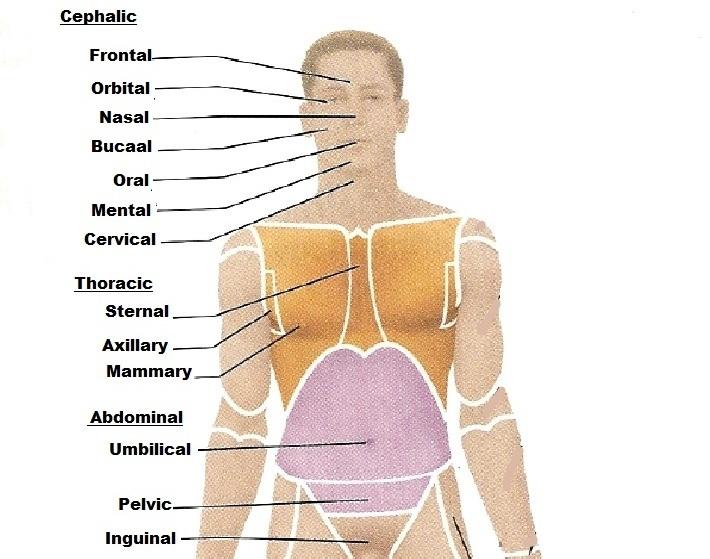 |
front 93 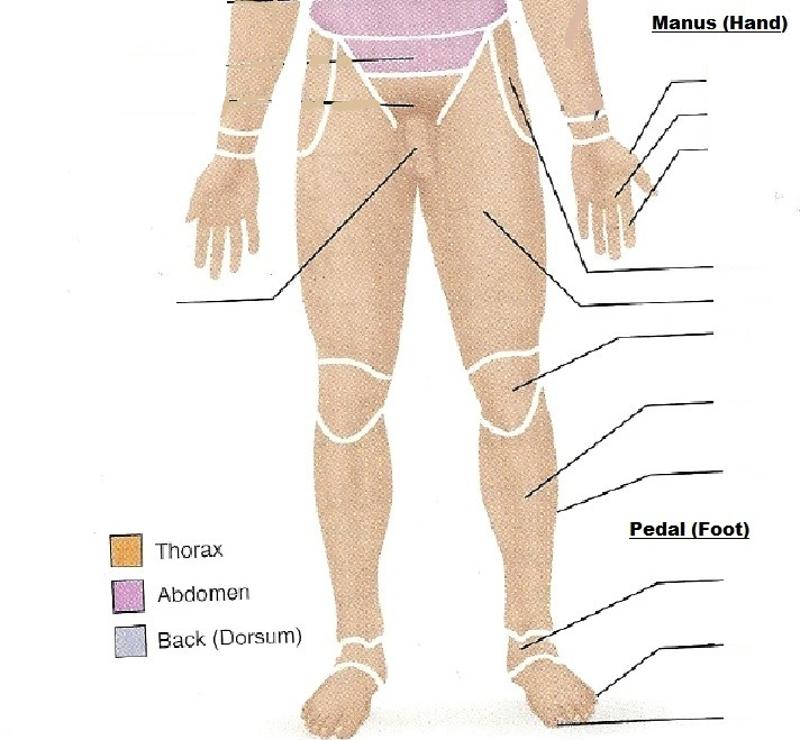 | back 93 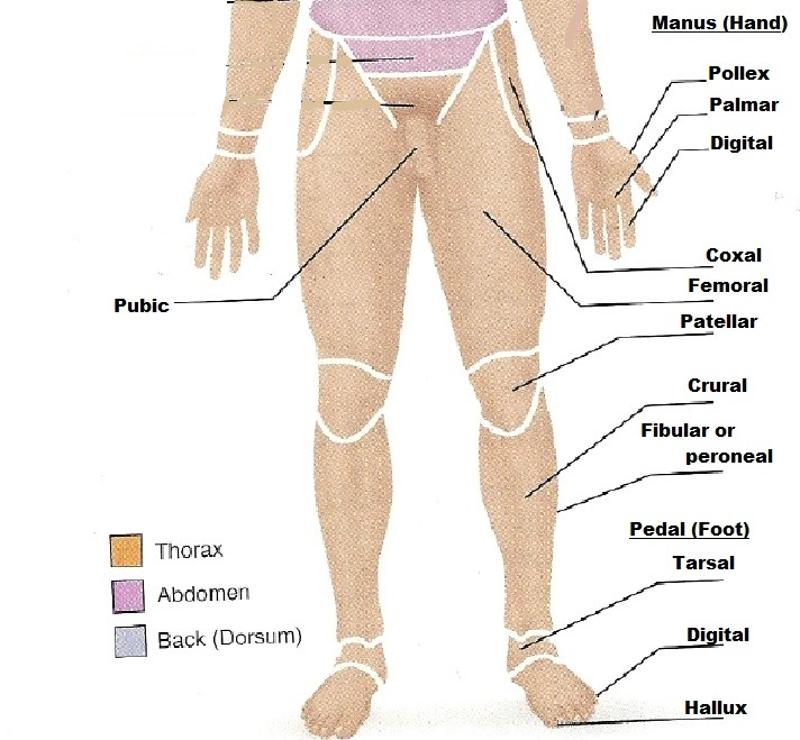 |
front 94 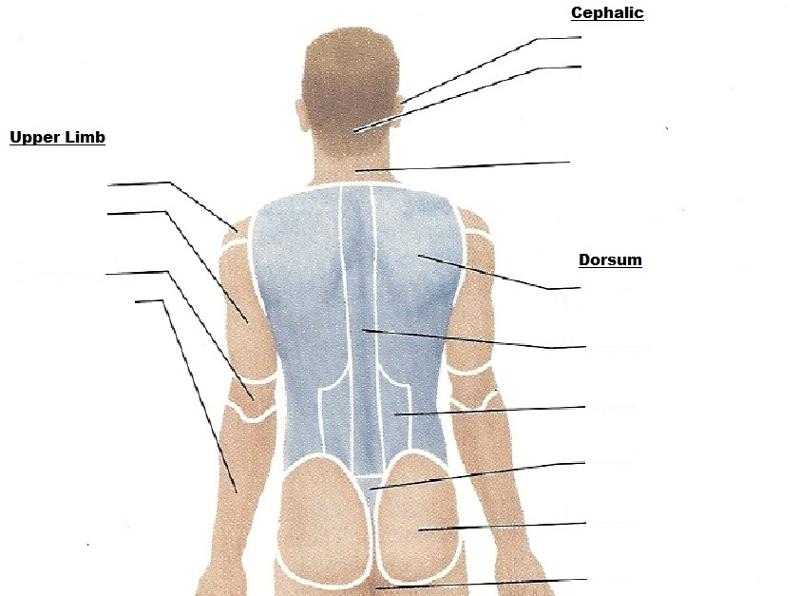 | back 94 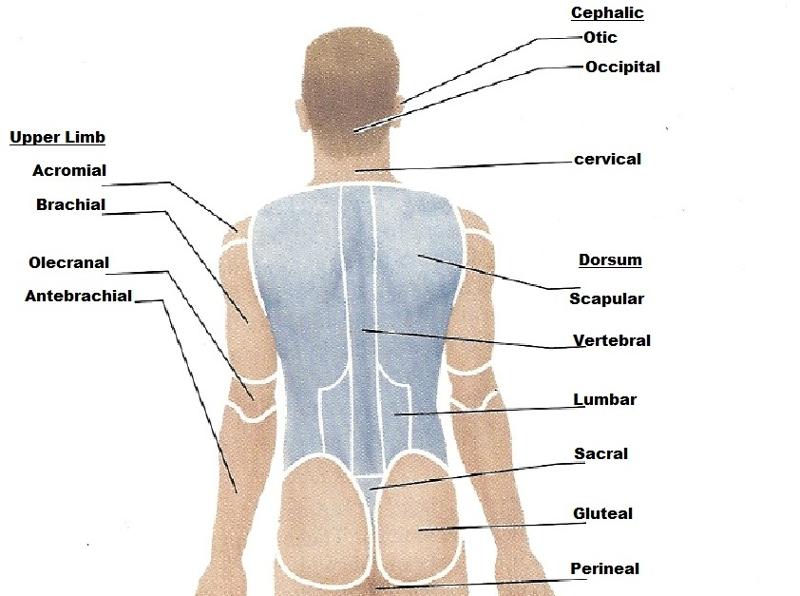 |
front 95 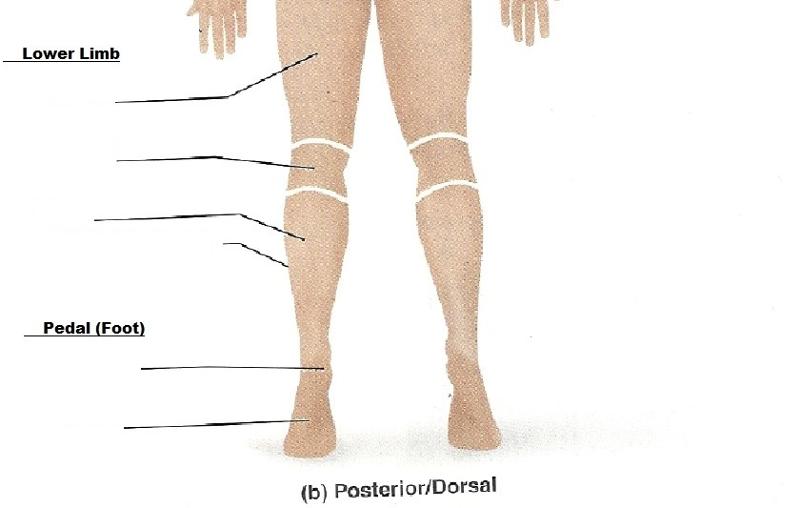 | back 95  |
front 96 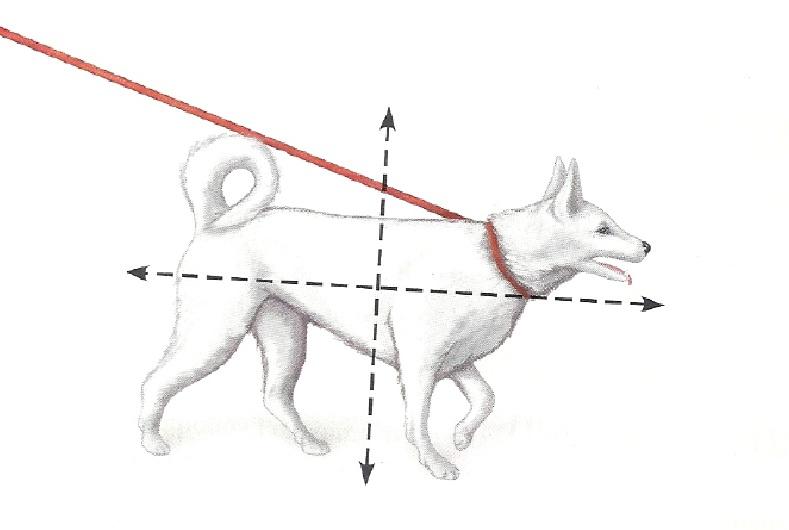 | back 96 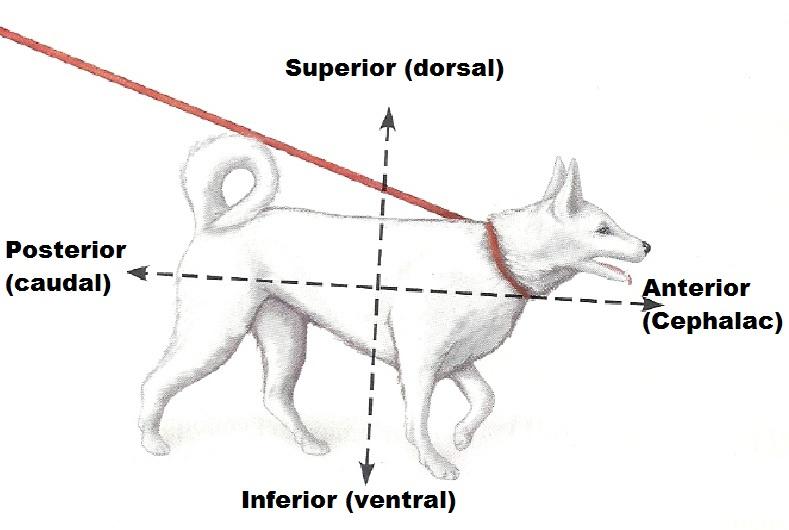 |
front 97 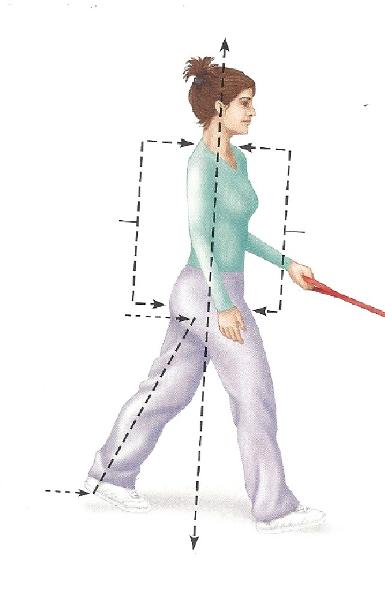 | back 97 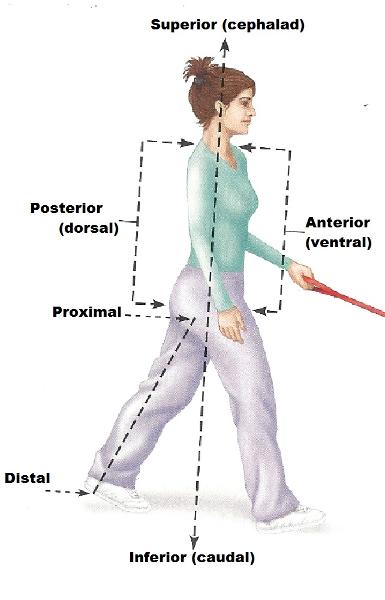 |
front 98  | back 98 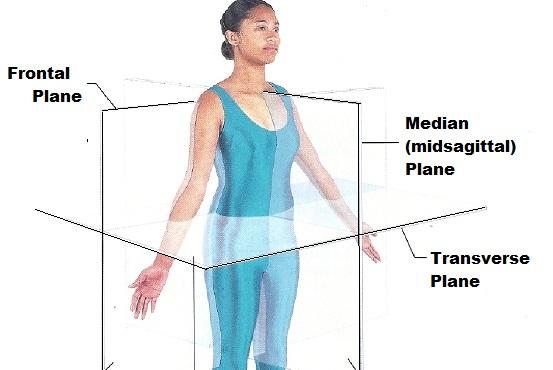 |
front 99  Frontal Section Through Torso | back 99 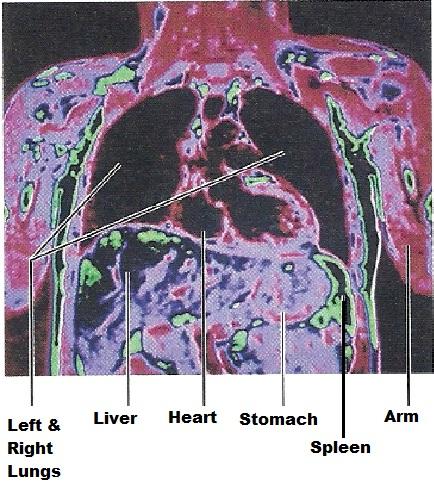 Frontal Section Through Torso |
front 100 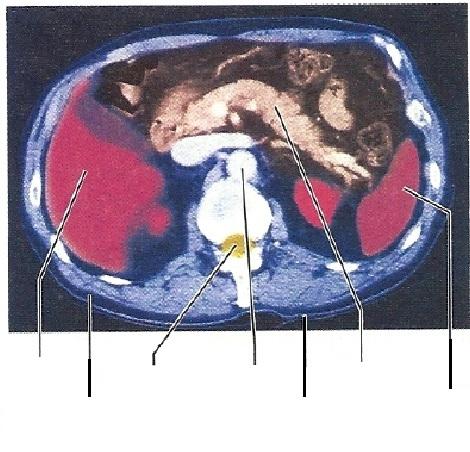 Transverse Section (Through Torso, Inferior View) | back 100  Transverse Section (Through Torso, Inferior View) |
front 101  Median Midsagittal Section | back 101  Median Midsagittal Section |
front 102 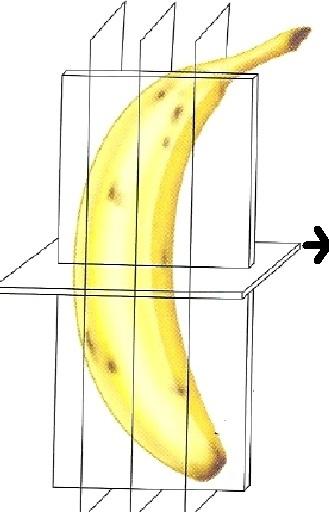 | back 102  |
front 103 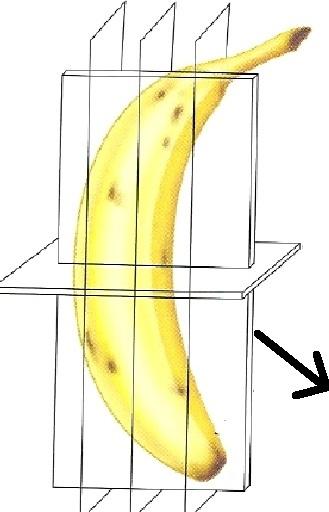 | back 103 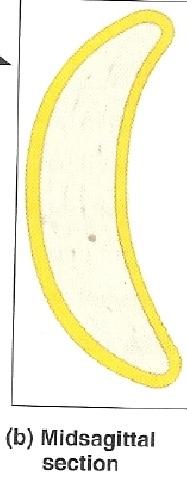 |
front 104 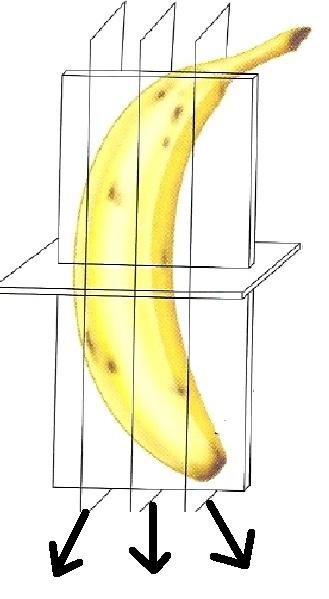 | back 104 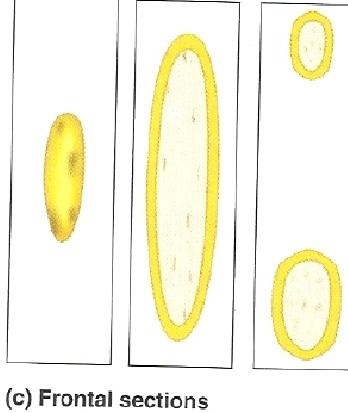 |
front 105 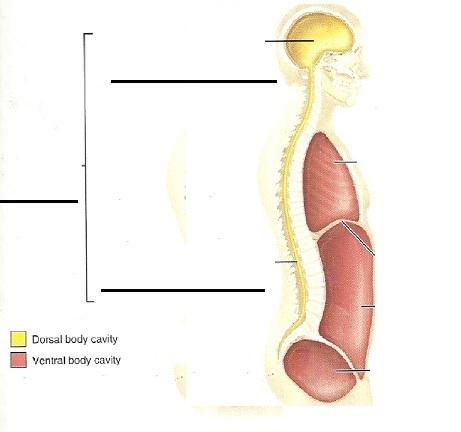 | back 105 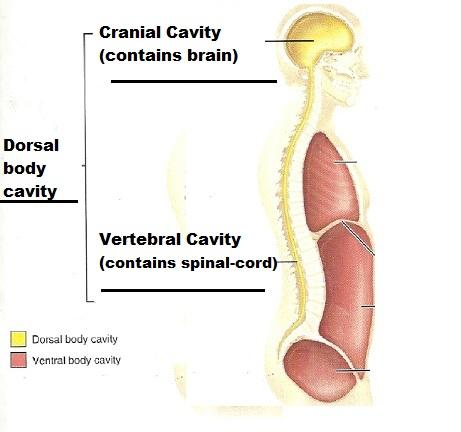 |
front 106 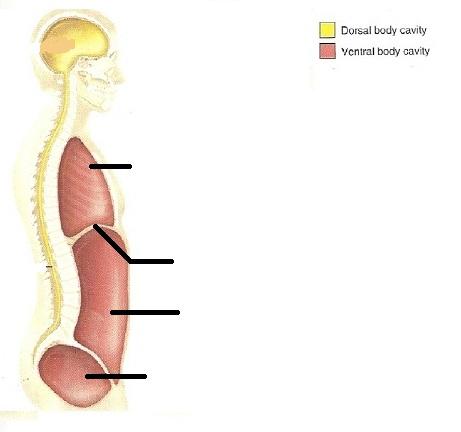 | back 106 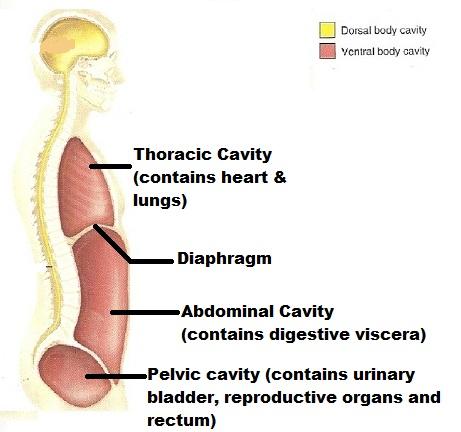 |
front 107 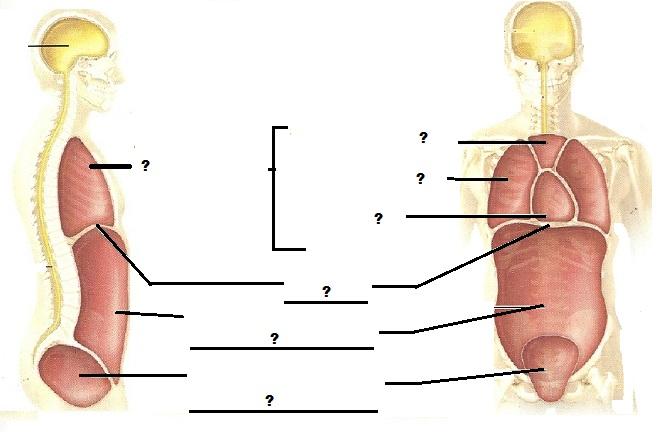 | back 107 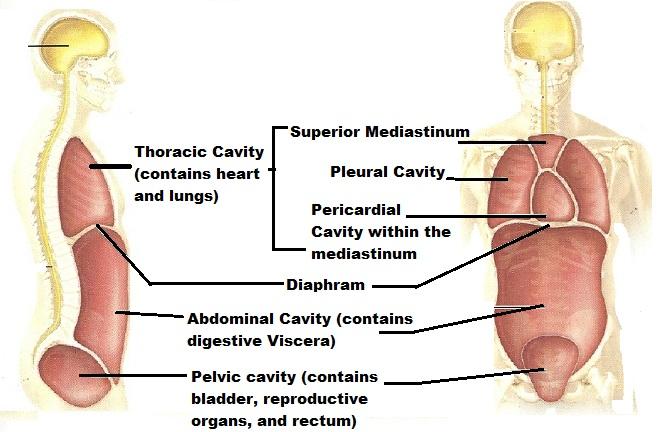 |
front 108 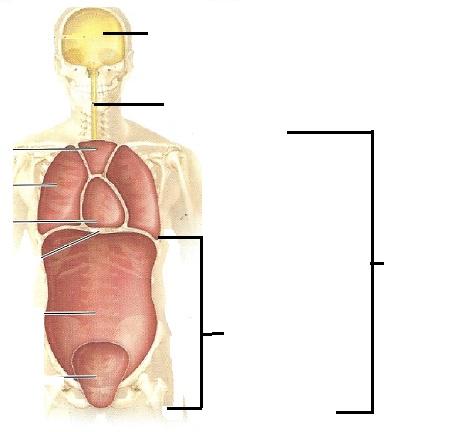 | back 108 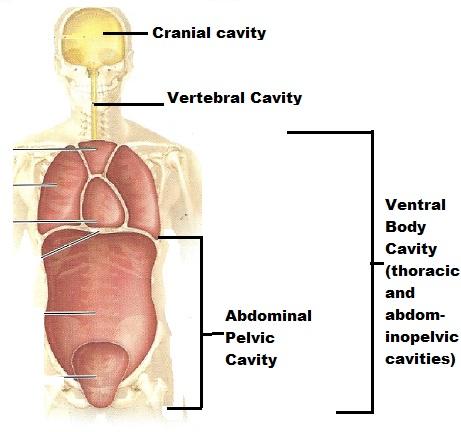 |
front 109 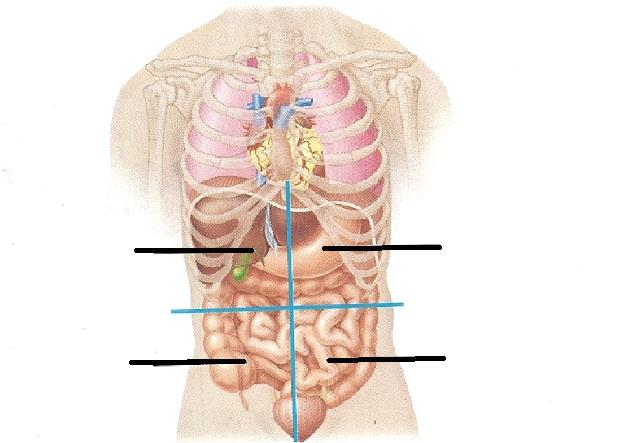 | back 109 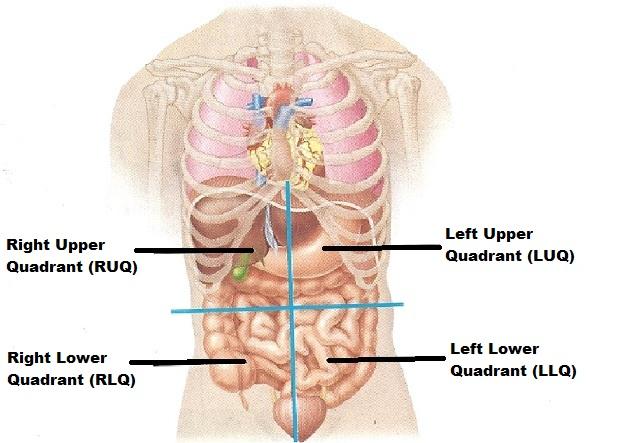 |
front 110 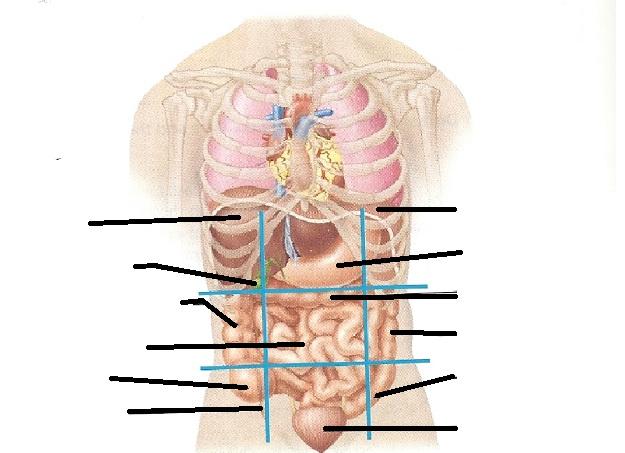 | back 110 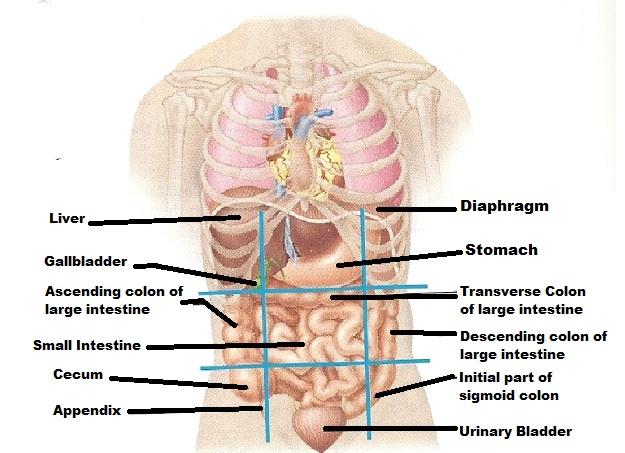 |
front 111 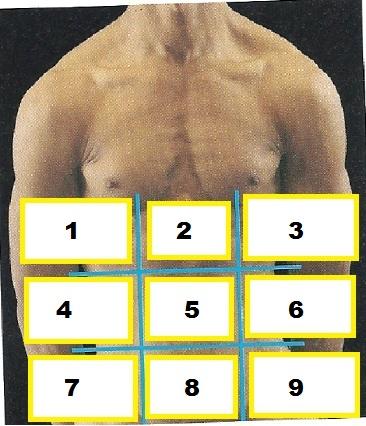 | back 111 1. Right Hypochondriac Region
|
front 112 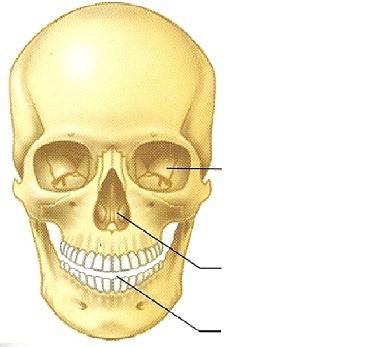 | back 112 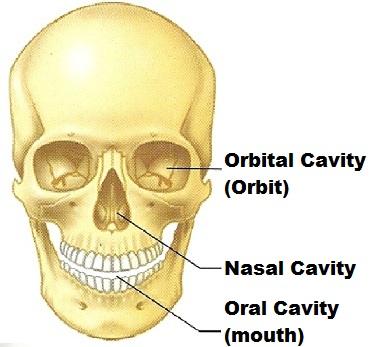 |
front 113 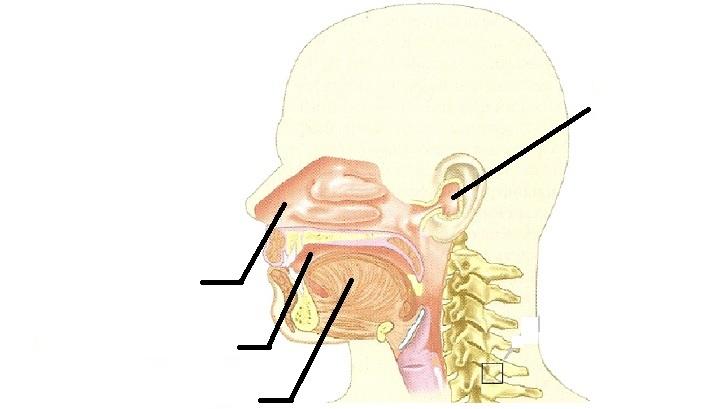 | back 113 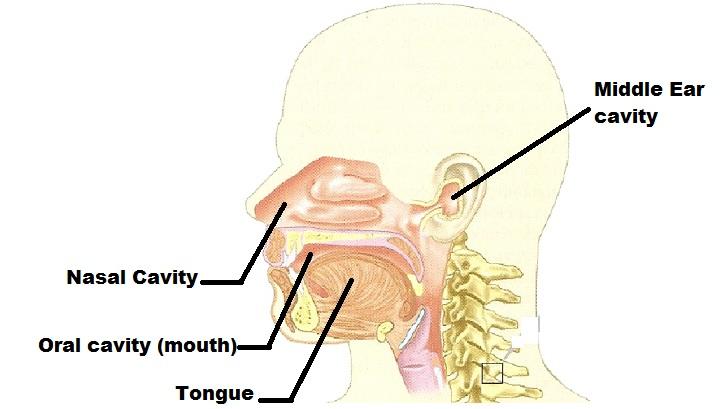 |
front 114 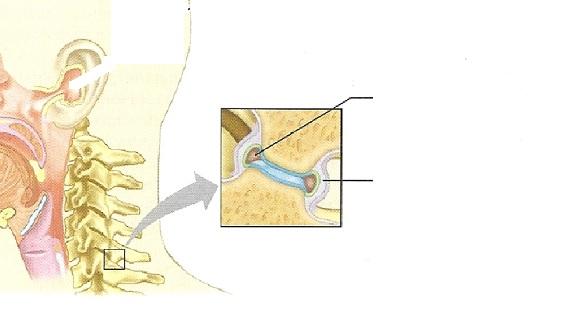 | back 114 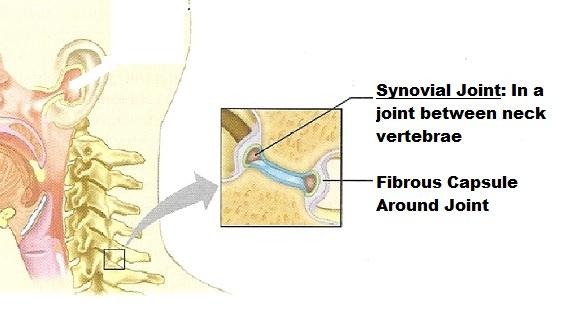 |